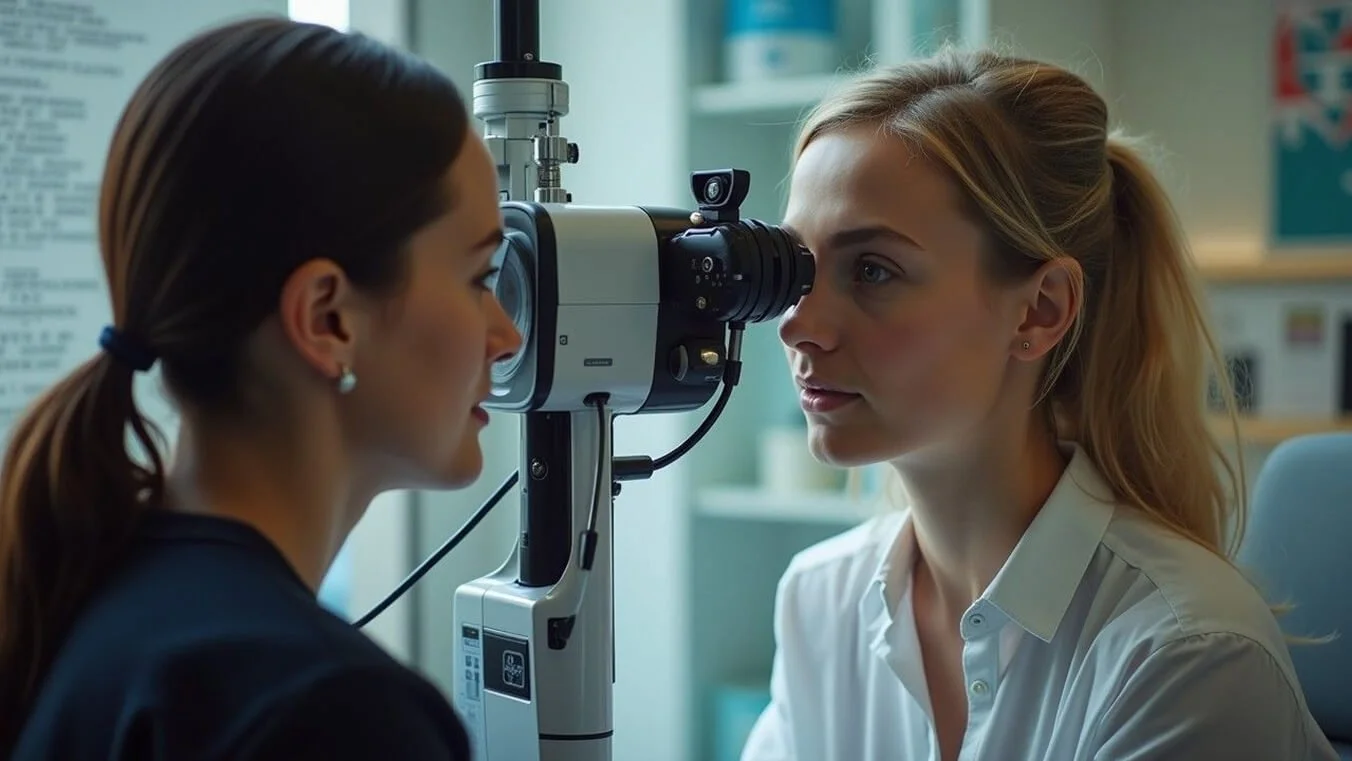DVA Medical Abbreviation Eye: Understanding Vision Care and Assessment Terms for Veterans
If you're searching for "DVA medical abbreviation eye," you're likely reviewing medical reports for your Department of Veterans' Affairs claim and struggling with confusing eye-care terminology. While "DVA Medical Abbreviation Eye" isn't an official medical term, this guide clarifies the common abbreviations and medical terminology you'll encounter in DVA vision assessments.
Start Your DVA Claim Today
We’ve helped 7,000+ veterans claim $800M+ in Permanent Impairment payouts. With zero upfront fees, you only pay for successful claims.
What Does DVA Mean in Eye Care Context?
In Australian veterans' healthcare, DVA primarily stands for the Department of Veterans' Affairs, the government agency responsible for supporting veterans and their families. However, in medical assessments, you might also encounter DVA as an abbreviation for Dynamic Visual Acuity—a specific test used to evaluate how well your eyes maintain focus during head movement.
This dual meaning can create confusion when reviewing medical documents. Dynamic visual acuity (DVA) test and its role in assessing vestibular compensation are particularly relevant for veterans who've experienced head injuries or vestibular disorders during service.
DVA Eye Coverage: What Veterans Need to Know
The Department of Veterans' Affairs provides comprehensive support for eye conditions, but coverage depends on your card type and eligibility. According to DVA's optical services guidelines, veterans can access various vision care benefits.
Gold Card Coverage
If you hold a DVA Gold Card, you're entitled to comprehensive eye care services without prior approval for most treatments. This includes routine eye examinations, prescription glasses, and treatment for all eye conditions—not just service-related ones.
White Card Coverage
White Card holders can access eye care services, but your treatment is for an accepted service-related condition that affects your vision.This means you'll need to establish that your vision problems are connected to your military service.
Common Eye Conditions and Medical Abbreviations
Understanding medical terminology helps you advocate for yourself during assessments. Here are key abbreviations you'll encounter:
Visual Acuity Measurements
VA: Visual Acuity (not to be confused with Veterans' Affairs)
DVA: Dynamic Visual Acuity or Distance Visual Acuity
NVA: Near Visual Acuity
BCVA: Best Corrected Visual Acuity
According to research on visual acuity testing in clinical settings, distance visual acuity (DVA) is typically assessed using charts like the Snellen or LogMAR at a standard distance of 6 metres in Australian optometry practices.
Assessment Terminology
When reviewing your eye assessment reports, you'll see terms that measure different aspects of vision:
Understanding DVA Visual Impairment Assessments
The DVA uses specific criteria to assess visual impairment for permanent impairment claims. Understanding these assessments is crucial for securing proper compensation.
The Assessment Process
Visual impairment assessments under DVA consider three main factors:
Central visual acuity (sharpness of vision)
Visual field (peripheral vision)
Muscle function (eye movement control)
According to guidelines on visual system impairments, Impairment is based on CORRECTED visual acuity. This means assessments consider your vision with glasses or contact lenses, not just your natural eyesight.
Dynamic Visual Acuity Testing
For veterans with vestibular issues or head injuries, the Dynamic Visual Acuity test becomes particularly important. The DVA test measures visual stability during head movement, with scoring based on differences between static and dynamic visual acuity, which correspond to levels of visual acuity "lost" on a clinical eye chart.
Service-Related Eye Conditions: Making Your Claim
Establishing service connection for eye conditions requires understanding both the medical terminology and DVA's assessment criteria. Our DVA claims process expertise helps veterans navigate these complex requirements.
Common Service-Related Eye Issues
Veterans often develop eye conditions from:
Blast exposure affecting vision
UV radiation damage during deployment
Chemical exposure causes corneal damage
Head injuries resulting in visual disturbances
Chronic conditions like diabetes, leading to retinopathy
Documentation Requirements
When submitting a claim for eye conditions, the DVA requires specific medical evidence. A medical diagnosis is required to determine your claim, which means you'll need comprehensive eye examinations documenting your condition.
Accessing DVA Eye Care Services
Understanding how to access eye care through DVA can significantly impact your quality of life and financial wellbeing.
Initial Steps
Obtain a referral from your GP if seeing an ophthalmologist
Choose a DVA-registered optometrist or eye care provider
Present your Gold or White Card at appointments
Keep all documentation for potential claims
Coverage Limits
The DVA sets specific limits on optical services. For eligible veterans, you can get 2 appointments with an optometrist or ophthalmologist, annually without additional approval. If you need more frequent care, your eye care provider can request approval from DVA.
Navigating Complex Eye Assessments
For veterans facing permanent impairment assessments involving vision, understanding the terminology becomes even more critical. The DVA impairment points system assigns points based on the severity of visual impairment.
Visual Field Testing
Visual field defects are mapped precisely during assessments. These tests measure your peripheral vision and any blind spots, which are particularly important for veterans who've experienced head trauma or neurological conditions affecting vision.
Compensation Considerations
Visual impairment compensation varies based on which eye is affected and the degree of impairment. The DVA considers both eyes together when determining your overall impairment rating, which directly affects your compensation amount.
When to Seek Professional DVA Claims Support
Navigating eye-related DVA claims involves understanding complex medical terminology, assessment procedures, and eligibility criteria. Many veterans find the process overwhelming, especially when dealing with vision problems that affect daily life.
Why Professional Support Matters
Accurate interpretation of medical abbreviations and reports
Proper documentation of service connection
Maximum compensation for your visual impairment
Avoiding common claim errors that cause delays
Getting the Right Assessment
Ensure your eye care provider understands DVA requirements. Not all optometrists or ophthalmologists are familiar with DVA assessment criteria, which can impact your claim's success.
Your Path to DVA Eye Care Benefits
Understanding DVA medical abbreviations and eye assessment terminology empowers you to advocate effectively for your vision care needs. Whether you're dealing with service-related visual impairment or navigating the complex world of DVA assessments, knowledge is your strongest tool.
If you're struggling to understand your eye assessment reports or need help establishing service connection for vision problems, Veterans First Consulting can guide you through the process. We'll help decode the medical jargon, ensure proper documentation, and maximise your entitlements under DVA legislation. Contact us today to discuss how your vision conditions might qualify for DVA support and compensation.
Simplify Your DVA Claim: Get the Compensation You Deserve
Veterans First Consulting has secured $800M+ in DVA claims for 7,000+ veterans. Let us handle your new claim or reassessment. With zero upfront fees, you only pay for successful claims.




